Physical Address
304 North Cardinal St.
Dorchester Center, MA 02124
Sesamoiditis is one of the most common pain syndromes that affects the forefoot. It is characterized by tenderness and pain over the metatarsal heads. Although the first sesamoid bone of the first metatarsal head is affected most often, the sesamoid bones of the second and fifth metatarsal heads also are subject to the development of sesamoiditis ( Figs. 199.1 and 199.2 ). The patient often feels that he or she is walking with a stone in his or her shoe. The pain of sesamoiditis worsens with prolonged standing or walking for long distances and is exacerbated by improperly fitting or padded shoes. Sesamoiditis is most often associated with pushing-off injuries during football or repetitive microtrauma from running or dancing.
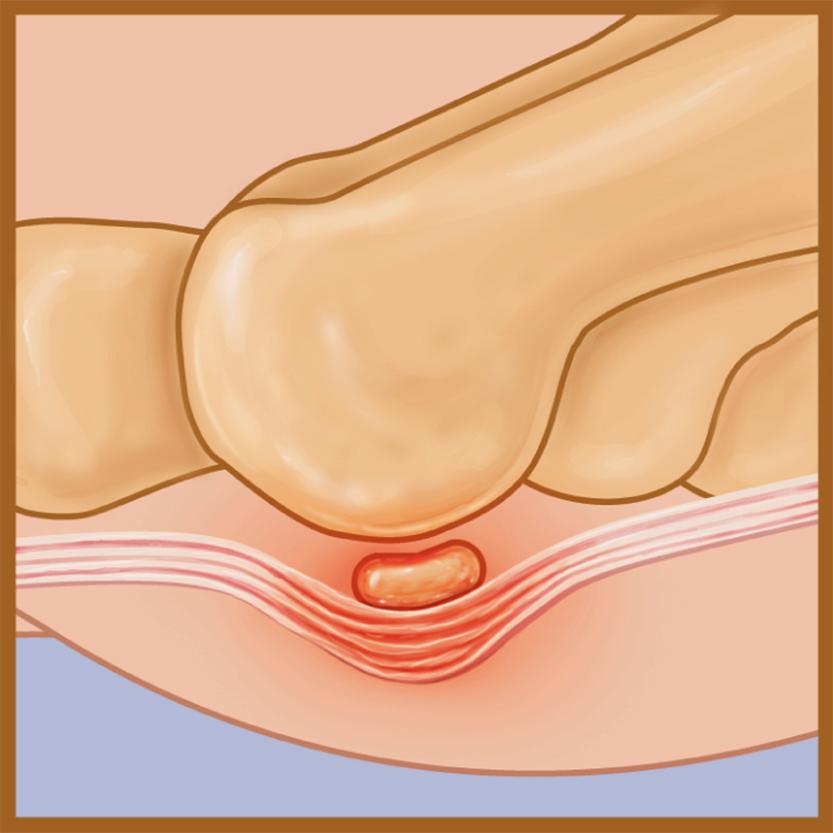
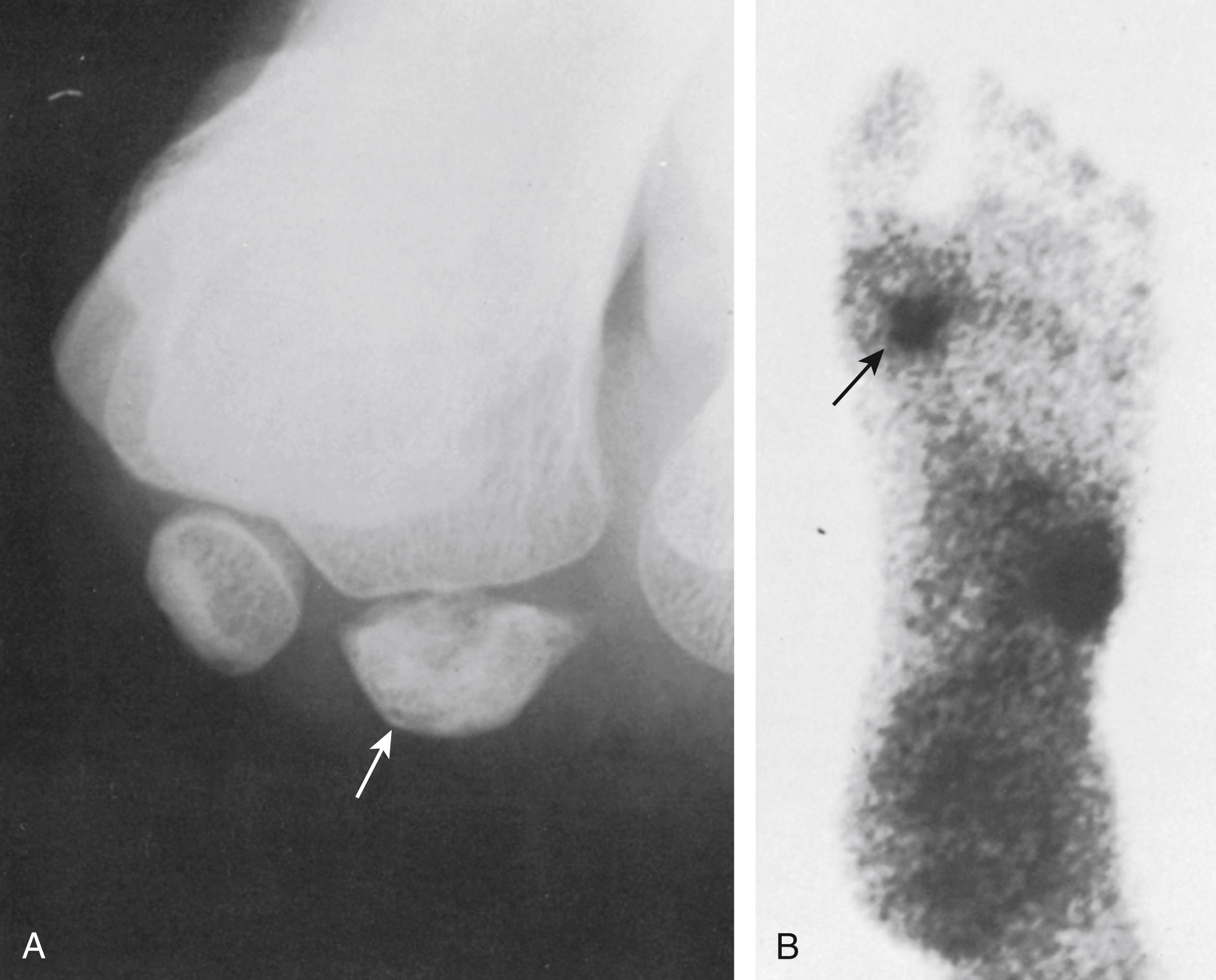
On physical examination, pain can be reproduced by pressure on the sesamoid bone. In contradistinction to metatarsalgia, in which the tender area remains over the metatarsal heads, with sesamoiditis the tender area moves with the flexor tendon when the patient actively flexes his or her toe. The patient with sesamoiditis often exhibits an antalgic gait in an effort to reduce weight bearing during walking. With acute trauma to the sesamoid, ecchymosis over the plantar surface of the foot may be present. Over time, plantar keratosis over the sesamoid will occur ( Fig. 199.3 ).
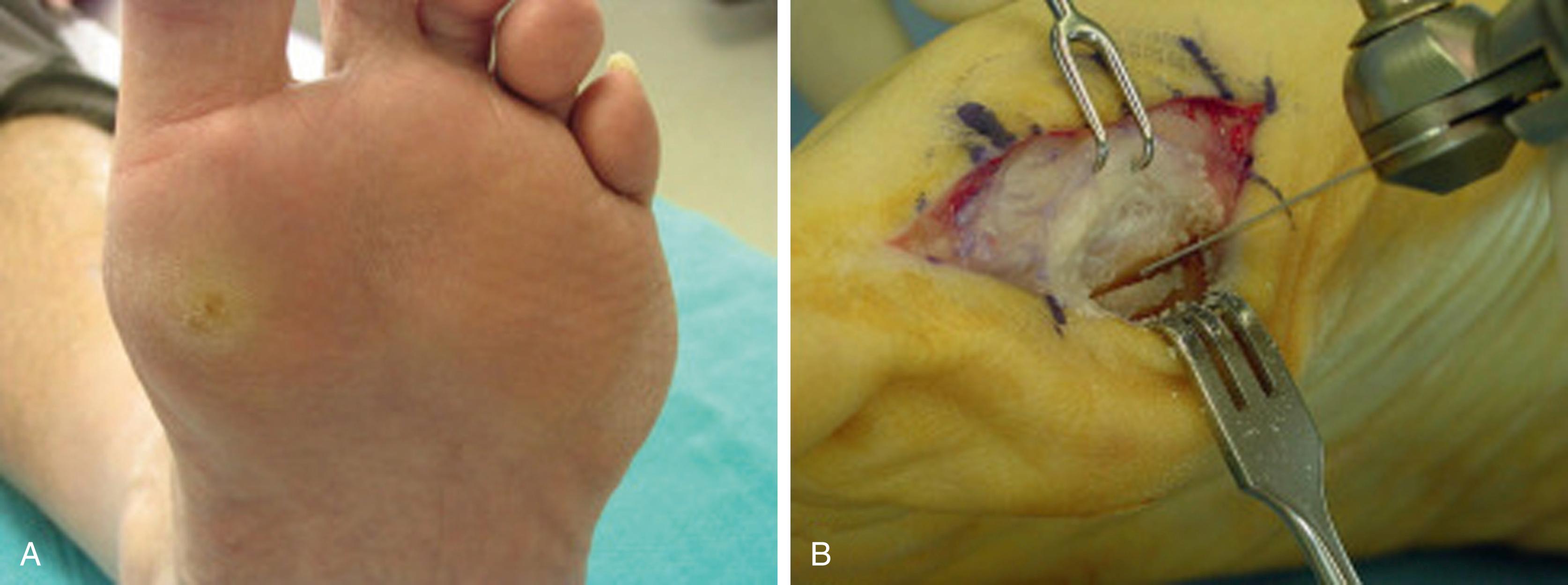
Plain radiographs are indicated for all patients with sesamoiditis to rule out fractures and identify sesamoid bones that may have become inflamed ( Fig. 199.4 ). On the basis of the patient’s clinical presentation, additional testing may be indicated, including complete blood cell count, sedimentation rate, and antinuclear antibody testing. Magnetic resonance imaging of the metatarsal bones is indicated if sesamoiditis, joint instability, occult mass, or tumor is suggested ( Fig. 199.5 ). Radionuclide bone scanning and ultrasound imaging may be useful in identifying stress fractures of the metatarsal bones or sesamoid bones that may be missed on plain radiographs of the foot.
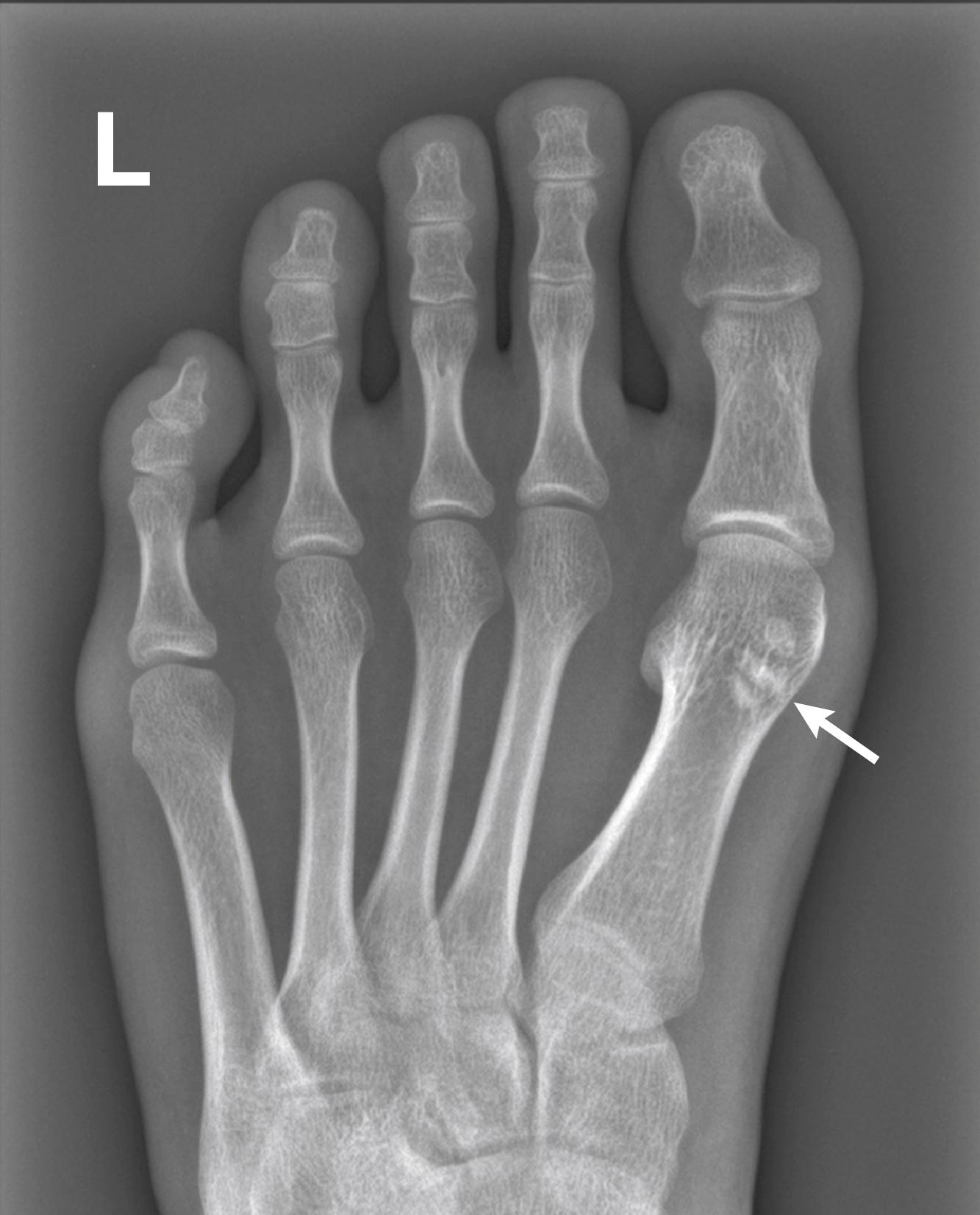
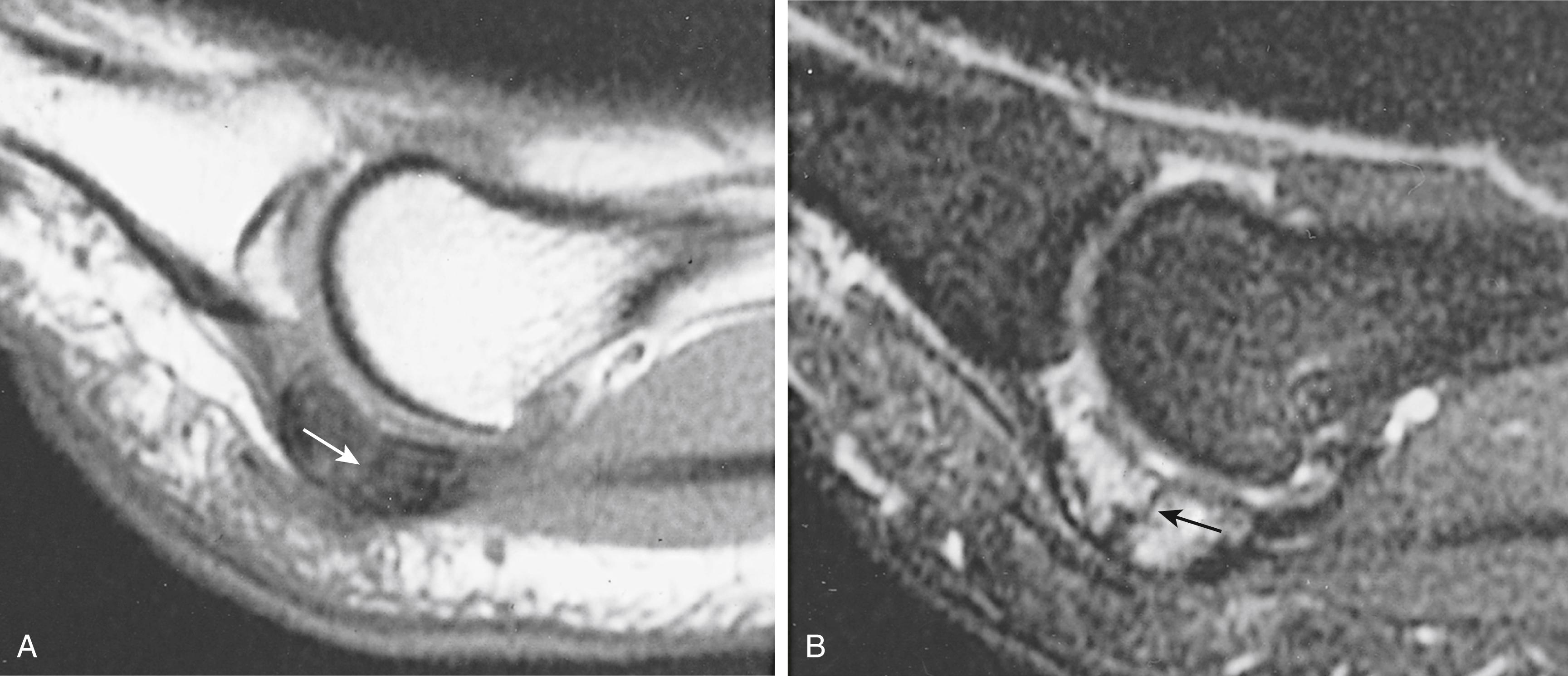
The sesamoid bones are small, rounded structures that are embedded in the flexor tendons of the foot and usually are in close proximity to the joints. Sesamoid bones of the first metatarsal occur in almost all patients, with sesamoid bones present in the flexor tendons of the second and fifth metatarsals in a significant number of patients (see Figs. 199.1 and 199.2 ). These sesamoid bones decrease friction and pressure of the flexor tendon as it passes in proximity to a joint.
Become a Clinical Tree membership for Full access and enjoy Unlimited articles
If you are a member. Log in here